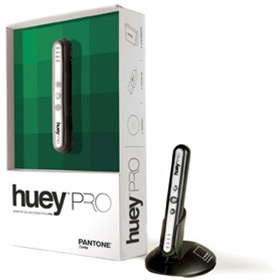Here’s a post which is designed to save me a couple of emails per month, so please bear with me.
I often get asked (usually by people who saw my panoramic photography tutorial videos) if they can use a “regular” 8mm or 10mm wide angle lens instead of an 8mm or 10mm fisheye lens (on a camera with a 1.5x crop sensor is used) to produce full 360×180° panoramas.
The answer is: Of course you can, but you will need to take more images to cover the entire sphere. With both fisheye lenses, you can get away with as little as 4 images to cover everything — with the non-fisheyes you need a bare minimum of 12, but more like 16 shots to have captured everything.
Without wanting to get technical, this has to do with the field of view that both lens types offer (due to the different projections): The fisheye typically shows you much more than the wide angle since, grossly simplified, the fisheye “squeezes” things the more you move away from the center, whereas the wide angle lens tends to “stretch” things. In terms of numbers, both fisheyes give you a 180° field of view around the diagonal. The wide angle lenses in turn only give you 110-120°…
Click on the image above to see a quick visual comparison between the different lenses / images they produce. Pay particular attention to what is included and what is not included in the extreme corners.
Lenses used: Peleng 8mm ƒ/3.5 fisheye and Sigma 10mm ƒ/2.8 fisheye on a 1.5x crop sensor, and a Sigma 12-24mm on full frame sensor (to simulate 8mm/10mm on crop).
 I’d like to quickly report a great customer service experience.
I’d like to quickly report a great customer service experience.